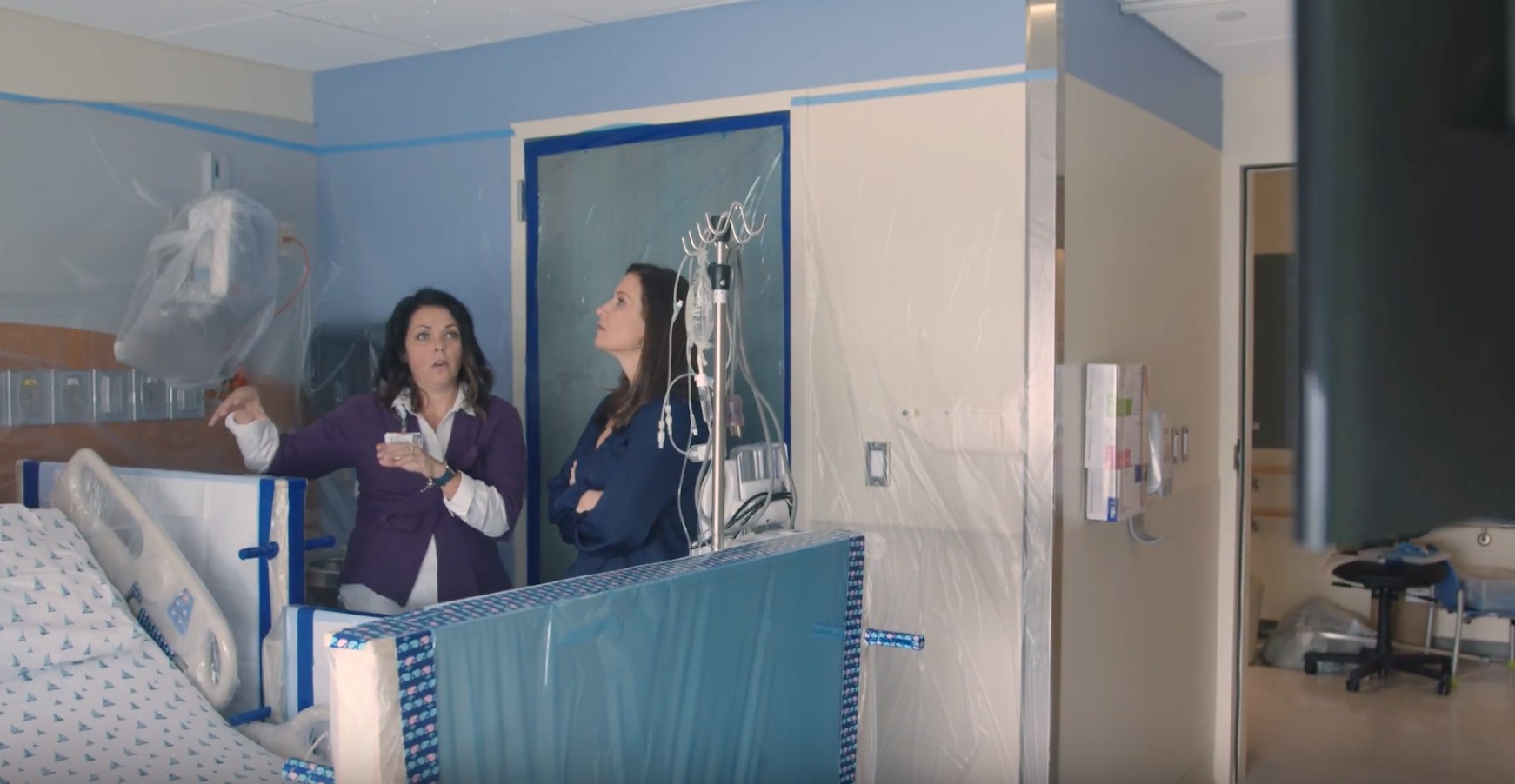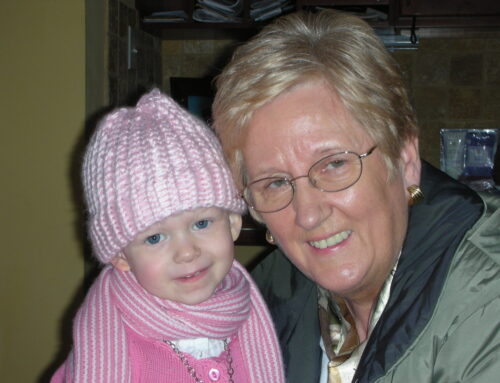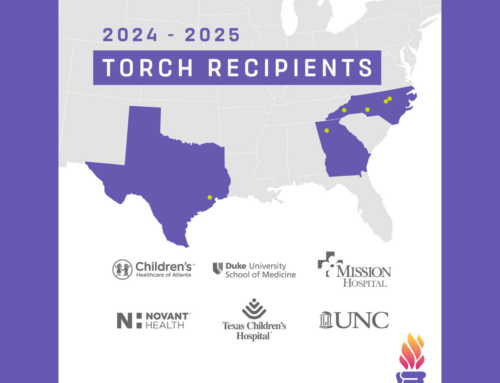
For Children with Cancer, Building a Room With a View to a Better Future
Originally published on Atrium Health’s Daily Dose
Opening one of the country’s few lead-lined rooms to treat rare cancers, Levine Children’s Hospital will soon change the landscape for local cancer care. And Charlotte can thank one little girl who inspired a community to build hope for kids like her.
Toward the end of her fight against cancer, 7-year-old Isabella Santos received a special therapy called MIBG that added 10 more months to her life, including another Christmas and another birthday spent with her family.
Back in 2011, Isabella had to leave her hometown of Charlotte for her MIBG treatment, which can only be delivered in a lead-lined hospital room that keeps the therapy’s radioactivity in check. But today, thanks to the foundation created in Isabella’s honor, children from Charlotte with rare types of cancer can stay close to home to get this cutting-edge treatment.
Levine Children’s Hospital, backed by a $1 million grant from the Isabella Santos Foundation (ISF), will soon open its own MIBG therapy suite – and become one of a handful of children’s hospitals in the country to have one.
This room “is really going to change the landscape” of local cancer care, says Javier Oesterheld, MD, medical director of the cancer program at Levine Children’s. An MIBG room can not only treat children with neuroblastoma – the type of cancer Isabella had – but also be used in advanced clinical trials to test new products on different types of cancers.
“We’ll really be ready for the next wave of clinical medicine,” says Dr. Oesterheld, who also treated Isabella.
A room like no other
LCH’s room has been designed to offer the best patient experience possible. The room is actually a suite – with a separate space where a child’s family can stay overnight.
During Isabella’s MIBG treatment at the out-of-state hospital, her mother Erin stayed in the same room with her and was exposed to a large amount of radiation.
“I felt extremely exposed at the time during the treatment,” says Erin, who is the co-founder and president of ISF. “Of course, I was willing to do that for my daughter, but I feel like keeping the parents safe should be as important as keeping the patient safe.”
The room at LCH will be one of the safest in the nation. More than 20,000 pounds of lead will separate the patient’s room from other parts of the suite.
Despite this physical barrier, the room will have several features that keep patients and their families connected. A lead-lined window will allow them to see each other directly. And an advanced audio-visual system will allow nurses and family members to monitor patients at all times – and even have a little fun.
“We’ve been able to let the parent and the patient play video games together from separate rooms. We have a great audio system where they can constantly hear each other,” says Dawn Bartock, CPNP, MIBG therapy clinical lead and pediatric nurse practitioner.
Erin Santos also wanted the room to reflect Isabella. Her artwork graces the walls, and the ceiling features twinkling lights and a shooting star.
“Every time I visit the suite, I can feel Isabella’s presence,” says Erin.
Community support changes everything
Although ISF has supported individual clinical trials and paid for LCH staff in the past, the MIBG room represents the foundation’s most significant contribution to date.
The room has been on Dr. Oesterheld’s “wish list” for a long time, because he knew how much it could improve care for his patients. And he’s certain it couldn’t have happened without ISF’s tireless fundraising in Charlotte.
“I think it’s monumental that our community has come together to make us the top pediatric cancer program we are,” says Dr. Oesterheld.
And more help is on the way. Earlier this year, the ISF pledged $5 million to create the Isabella Santos Foundation Rare and Solid Tumor Program, which will expand the hospital’s pediatric clinical trials and recruit a national expert on pediatric solid tumors as its endowed chair.
But the room is a tangible – and emotional – first step to improve the lives of so many patients.
“To think that Isabella will almost be gone longer than she was alive… what an incredible impact her seven years of life has provided for other families. I’m extremely honored that this is being built. I’m so proud of it,” says Erin.




